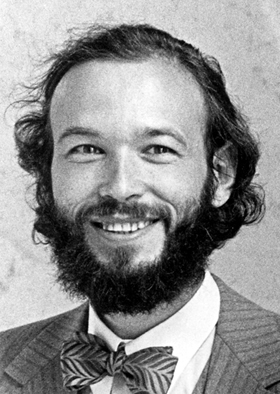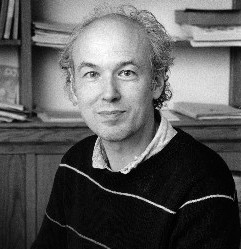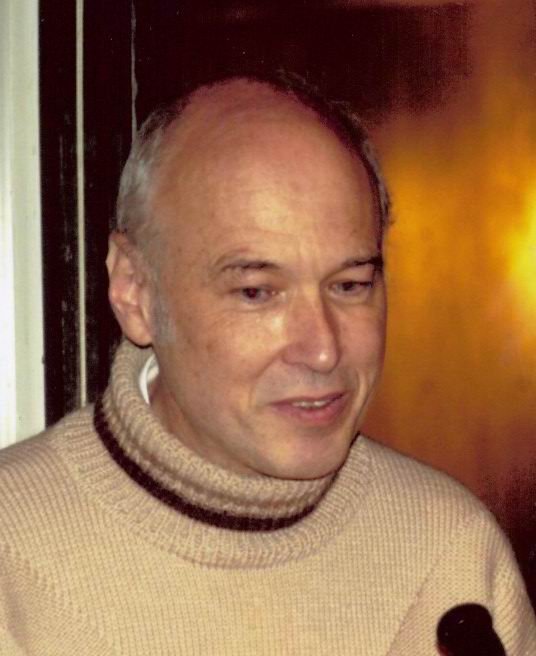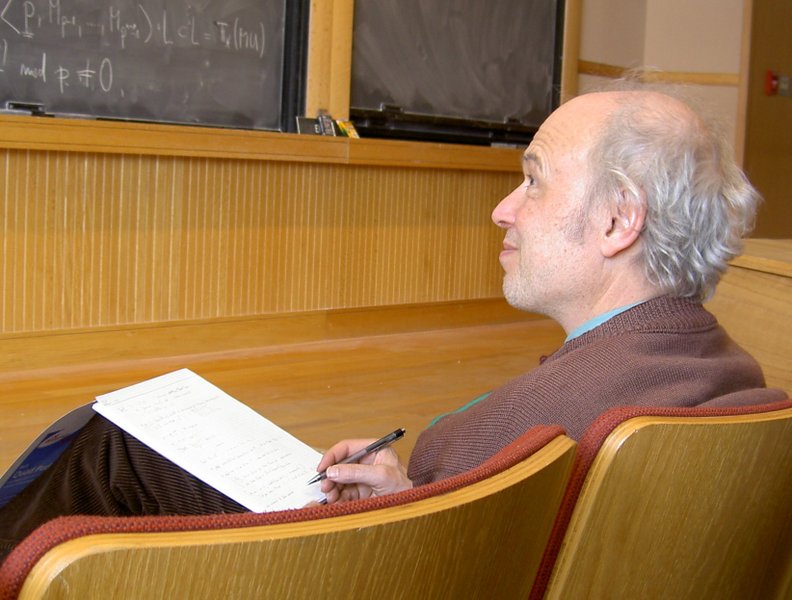<Back to Index>
- Mathematician Pierre René Deligne, 1944
- Poet Sergei Alexandrovich Yesenin, 1895
- Grand Duke of Tuscany Leopold II, 1797
PAGE SPONSOR



Pierre René, Viscount Deligne (born 3 October 1944) is a Belgian mathematician. He is known for work on the Weil conjectures, leading finally to a complete proof in 1973.
He was born in Brussels, attended school at Athénée Adolphe Max and studied at the Universite Libre de Bruxelles (ULB).
After completing a doctorate under the supervision of Alexander Grothendieck, he worked with him at the Institut des Hautes Études Scientifiques (IHÉS) near Paris, initially on the generalization within scheme theory of Zariski's main theorem. In 1968, he also worked with Jean - Pierre Serre; their work led to important results on the l-adic representations attached to modular forms, and the conjectural functional equations of L-functions. Deligne also focused on topics in Hodge theory. He introduced weights and tested them on objects in complex geometry. He also collaborated with David Mumford on a new description of the moduli spaces for curves. Their work came to be seen as an introduction to one form of the theory of algebraic stacks, and recently has been applied to questions arising from string theory. Perhaps Deligne's most famous contribution was his proof of the third and last of the Weil conjectures. This proof completed a programme initiated and largely developed by Alexander Grothendieck. As a corollary he proved the celebrated Ramanujan - Petersson conjecture for modular forms of weight greater than one; weight one was proved in his work with Serre. Deligne's paper (1974) contains the first proof of the Weil conjectures, Deligne's contribution being to supply the estimate of the eigenvalues of Frobenius, considered the geometric analogue of the Riemann Hypothesis.
From 1970 until 1984, when he moved to the Institute for Advanced Study in Princeton, Deligne was a permanent member of the IHÉS staff. During this time he did much important work outside of his work on algebraic geometry. In joint work with George Lusztig, Deligne and Lusztig applied étale cohomology to construct representations of finite groups of Lie type; with Michael Rapoport, Deligne worked on the moduli spaces from the 'fine' arithmetic point of view, with application to modular forms. He received the Fields Medal in 1978.
In terms of the completion of some of the underlying Grothendieck program of research, he defined absolute Hodge cycles, as a surrogate for the missing and still largely conjectural theory of motives. This idea allows one to get around the lack of knowledge of the Hodge conjecture, for some applications. He reworked the tannakian category theory in his paper for the Grothendieck Festschrift, employing Beck's theorem – the Tannakian category concept being the categorical expression of the linearity of the theory of motives as the ultimate Weil cohomology. All this is part of the yoga of weights, uniting Hodge theory and the l-adic Galois representations. The Shimura variety theory is related, by the idea that such varieties should parametrize not just good (arithmetically interesting) families of Hodge structures, but actual motives. This theory is not yet a finished product – and more recent trends have used K-theory approaches.
He was awarded the Fields Medal in 1978, the Crafoord Prize in 1988, the Balzan Prize in 2004 and the Wolf Prize in 2008. In 2006 he was ennobled by the Belgian king as viscount. In 2009, Deligne was elected a foreign member of the Royal Swedish Academy of Sciences.
